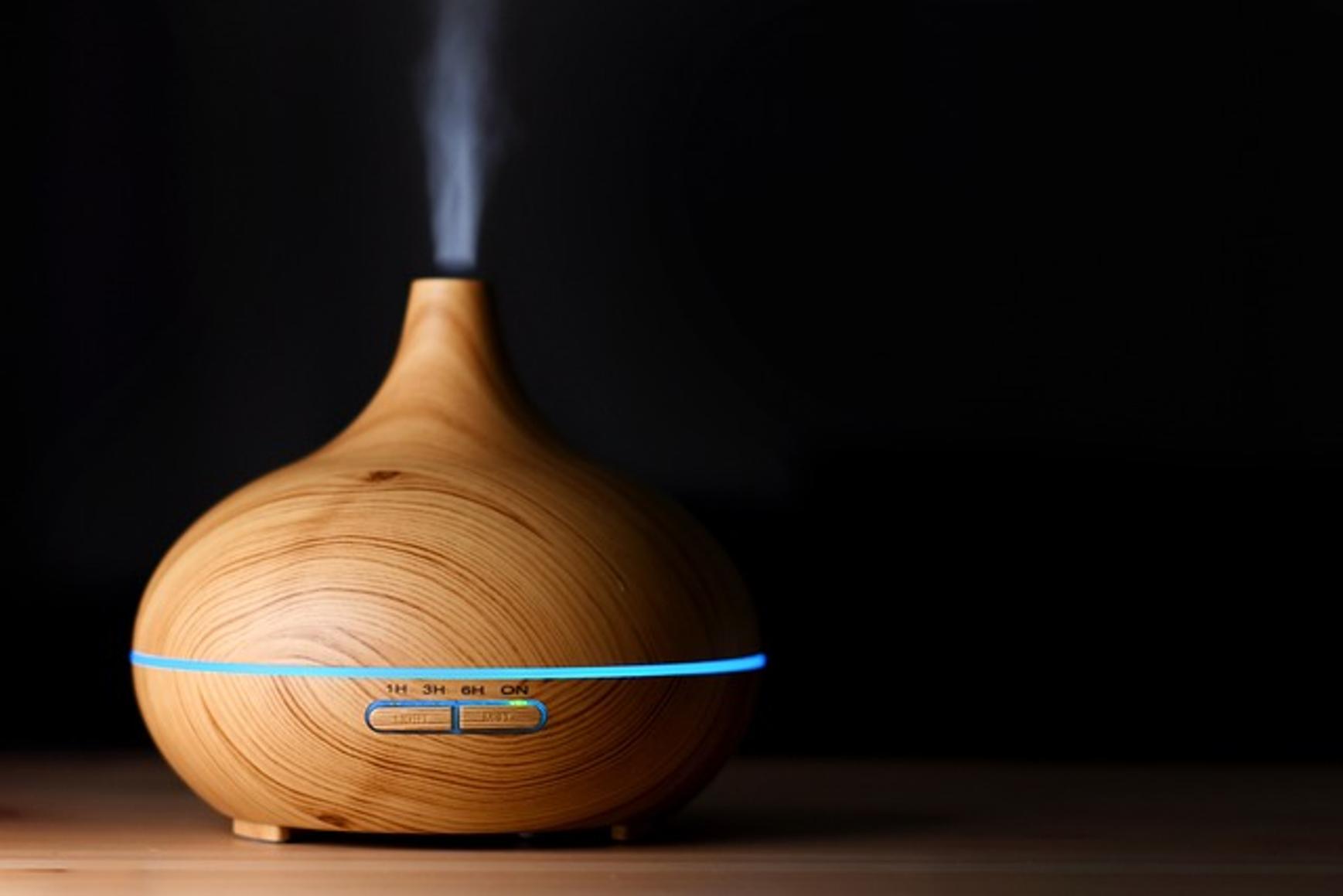Why Is My Humidifier Not Working? Troubleshooting Tips and Solutions
Introduction
A humidifier can significantly improve the air quality in your home, especially during dry seasons. However, it can be frustrating when your humidifier doesn’t work as expected. Whether it’s failing to produce mist or not turning on, multiple factors could be at play. This guide aims to help you identify common issues and solutions so that you can get your humidifier back in working order quickly.

Incorrect Humidity Settings
One of the simplest reasons your humidifier might not be working is incorrect settings. Many modern humidifiers come with various humidity levels that you can adjust. If the setting is too low, the unit may not start.
- Check the Humidity Level: Look at your humidifier’s display panel to ensure it’s set to the desired level.
- Adjust If Necessary: Adjust the settings and give the device a few minutes to respond.
Understanding the settings can save time and effort, and it’s often the first troubleshooting step to take when diagnosing why your humidifier is not functioning correctly.
Lack of Power Supply
A lack of power supply is another common issue that can cause your humidifier not to work. This component of the troubleshooting process is quick yet crucial.
- Inspect the Power Cord: Ensure that the power cord is fully plugged into an electrical outlet.
- Check the Outlet: Sometimes, the problem might lie in the power outlet. Test it by plugging in another appliance to see if it works.
- Examine the Fuse or Circuit Breaker: Verify that the fuse or circuit breaker has not tripped.
Confirming that your humidifier is receiving adequate power can address what might otherwise seem like more complicated problems.
Empty or Low Water Tank
Humidifiers need water to produce mist, so an empty or low water tank can easily be the cause of your issues.
- Check the Water Level: Open the water tank and ensure it’s full.
- Refill as Necessary: If the water level is low, refill the tank and reassemble the unit.
Keeping the water tank sufficiently filled helps the unit operate correctly, ensuring that your humidifier functions as expected.
Clogged Filters or Nozzles
Filters and nozzles can get clogged over time due to minerals and debris, hindering performance.
- Inspect the Filters: Remove and examine the filters for signs of blockage.
- Clean or Replace: Clean the filters if they are dirty or replace them if they are worn out.
- Check the Nozzles: Look at the nozzles for mineral deposits or dirt and clean as necessary.
Regular maintenance of filters and nozzles can prolong your humidifier’s life and improve its performance.

Malfunctioning Humidistat
The humidistat regulates the humidity level. If it’s malfunctioning, your unit won’t perform as it should.
- Test with an External Hygrometer: Use an external hygrometer to compare readings.
- Adjust as Needed: If there is a discrepancy, you may need to calibrate the humidistat or replace it entirely.
A malfunctioning humidistat can make it appear as though your humidifier isn’t working when the issue is actually the inaccurate reading of humidity levels.

Dirty or Worn-Out Components
Over time, internal components can become dirty or worn out, impacting functionality.
- Disassemble and Inspect: Carefully disassemble the unit to inspect internal components.
- Clean: Use a soft brush or cloth to clean dirty parts.
- Replace Worn Parts: If any parts appear worn or damaged, consider replacing them.
Keeping components clean and replacing worn-out parts can help maintain the efficiency and longevity of your humidifier.
Conclusion
From incorrect settings to dirty components, several factors could be causing your humidifier to malfunction. By following these troubleshooting tips, you can quickly identify and rectify most issues. Regular maintenance and proper use can ensure your unit continues to provide optimal performance, keeping your indoor air quality at its best.
Frequently Asked Questions
How often should I clean my humidifier?
It’s recommended to clean your humidifier at least once a week. Regular cleaning prevents the buildup of mold, bacteria, and mineral deposits, ensuring that the device functions efficiently and safely.
What type of water should I use in my humidifier?
Using distilled or demineralized water is advisable for your humidifier. Tap water can contain minerals that leave deposits inside the unit, which can hamper its effectiveness and lead to maintenance issues.
How do I know if my humidifier needs replacing?
Signs that you may need to replace your humidifier include persistent mechanical issues, excessive noise, visible signs of wear and tear, and a decrease in performance despite thorough cleaning and maintenance. If repairs are too frequent or costly, it might be time for a new unit.
